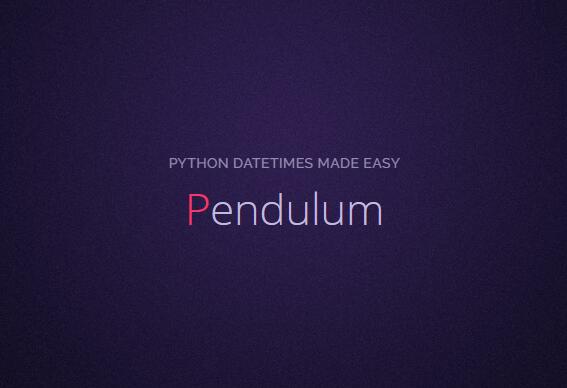

#Python datetime minus minutes code
To do this, you need to create a timedelta object with all the time components using the arguments. Are you looking for a code example or an answer to a question «python datetime minus » Examples from various sources (github,stackoverflow, and others). Now we will see hot to add or subtract a time object with all the time components with a datetime object.
#Python datetime minus minutes how to
So far, we have seen how to add and subtract individual time component like hours or minutes or seconds from a datetime object. Print("After subtracting microseconds: ", datetime_new, "\n")Īdding and subtracting datetime object with time object We can get a datetime object using the strptime () method by passing the string which contains date and time and get a datetime object. Print("After subtracting seconds: ", datetime_new, "\n")ĭatetime_new = datetime_new - timedelta(microseconds = microseconds_to_add) The strptime () method of the datetime module in Python takes a string containing date, time, or both and returns a datetime object by parsing the string. Print("After subtracting minutes: ", datetime_new, "\n")ĭatetime_new = datetime_new - timedelta(seconds = seconds_to_add) Print("After subtracting hours: ", datetime_new, "\n")ĭatetime_new = datetime_new - timedelta(minutes = minutes_to_add) remove minutes and seconds from datetime python python by Grieving Grivet on Comment 1 xxxxxxxxxx 1 olddate datetime.datetime(2011, 3, 23, 16, 45) 2 newdate olddate.replace(minute0, second0) + datetime.


# Subtracting hours or minutes or seconds to datetimeĭatetime_new = datetime_original - timedelta(hours = hours_to_add) To perform subtraction of individual time components from datetme object, just create a timedelta object with the time component and then subtract from the datetime object.

Print("After adding microseconds: ", datetime_new, "\n") Print("After adding seconds: ", datetime_new, "\n")ĭatetime_new = datetime_new + timedelta(microseconds = microseconds_to_add) Arguments are converted to those units: A millisecond is converted to 1000 microseconds. Only days, seconds and microseconds are stored internally. It offers various services like managing time zones and daylight savings time. datetime helps us identify and process time-related elements like dates, hours, minutes, seconds, days of the week, months, years, etc. Arguments may be integers or floats, and may be positive or negative. Thankfully, there’s a built-in way of making it easier: the Python datetime module. Print("After adding minutes: ", datetime_new, "\n")ĭatetime_new = datetime_new + timedelta(seconds = seconds_to_add) days0 seconds0 microseconds0 milliseconds0 minutes0 hours0 weeks0 All arguments are optional and default to 0. totalseconds() with timedelta as the object from the previous step. Print("After adding hours: ", datetime_new, "\n")ĭatetime_new = datetime_new + timedelta(minutes = minutes_to_add) Subtract one datetime object from another to return a timedelta object. Print("\nOriginal date: ", datetime_original, "\n")ĭatetime_new = datetime_original + timedelta(hours = hours_to_add) # Adding hours or minutes or seconds to datetimeĭatetime_original = datetime(year=2006, month=11, day=23)


 0 kommentar(er)
0 kommentar(er)
